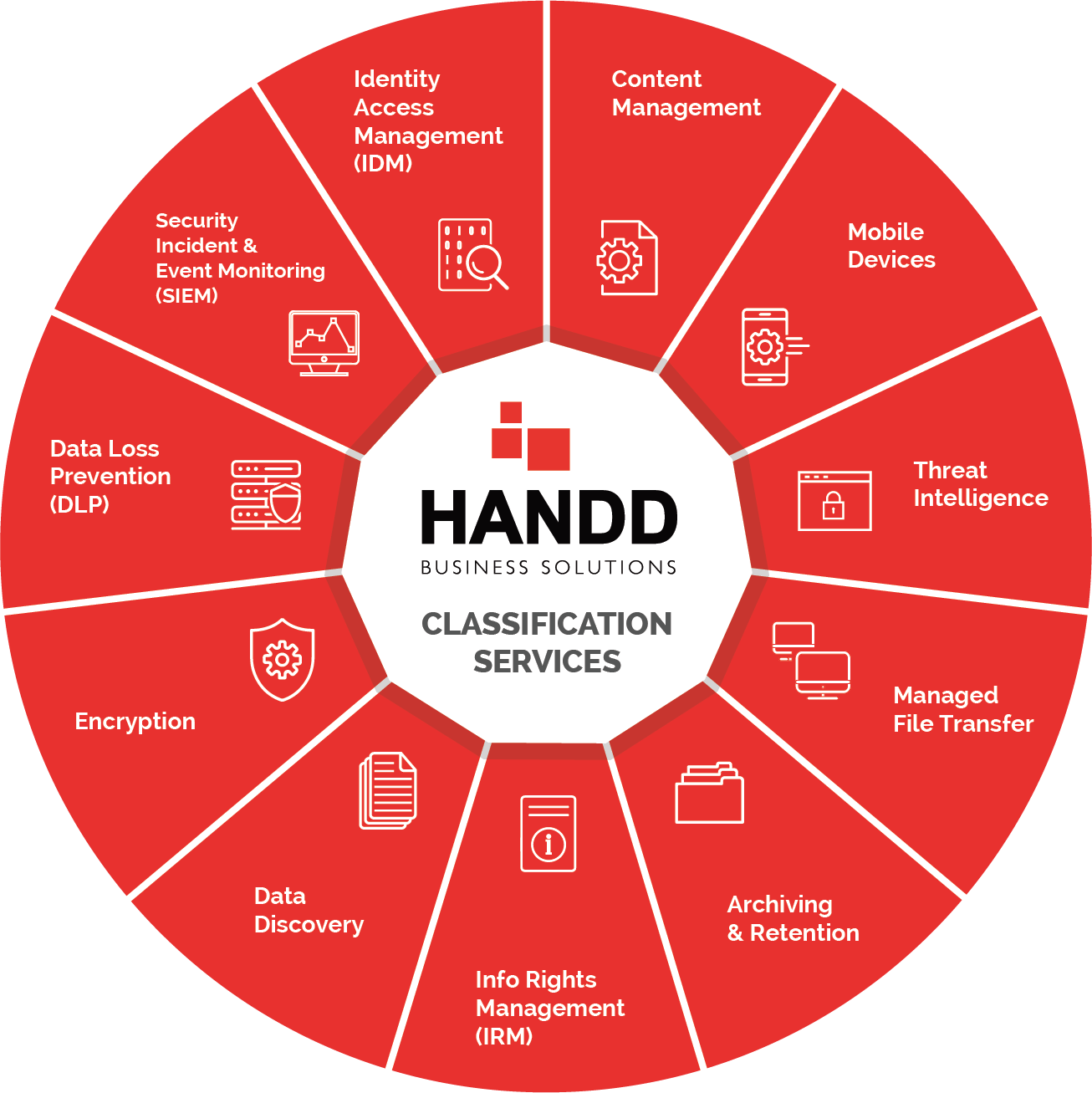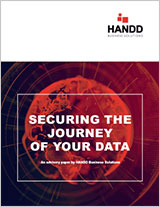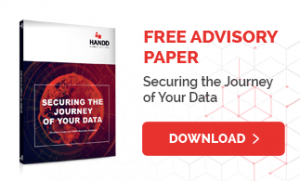Driving Security
Safer IT solutions with Data-Classification-driven downstream technology
Safer IT solutions with Data-Classification-driven downstream technology
Once your data has been classified and metadata tags have been applied, you can start using these tags and labels to streamline and enhance the protection of your data, making your investment in security applications work harder.
Downstream technology solutions running in the background, scanning content for keywords, can a drain on processing power and can take an age. Once data has been classified, protective solutions such as Encryption, DLP, Access Control and more, can read the metatags that sit outside of the file, saving time and processing capability whilst automatically and intelligently applying your company policies.
Managing rules for DLP is another area that instantly becomes more streamlined with Data Classification. Instead of setting up and managing rules for each different data project that arises, long-term rules can be established for metadata groups that can be applied to any project.
Lifelong protection
Whether data is sitting on your own computer, or is on course to the other side of the world, its metadata travels with it. Metadata tells third-party applications and users how your data should be handled.
Getting more from your downstream solutions
Data Classification driving downstream technologies enables a more consistent application of:
DLP (Data Loss Protection)
Integrating data classification with DLP enables you to protect all access points to your data including email, data sticks and Wi-Fi applications. Further integration with IAM puts you in the driving seat when it comes to who can access your data and where it can travel, ensuring only those allowed to access your data can access your data.
Classification driven DLP can save time and effort creating extensive governance rules, and enhance reliability by mapping these rules to metadata classifications, making it easier for your systems to scan content and determine how data should be treated. So you can keep tabs on exactly who controls which data groups and how long for, without relying on ad-hoc manual applications of such restrictions.
UEBA
Your User and Entity Behaviour Analytics will review that pile of systems logs created and learn normal user patterns for data according to its sensitivity through classification, making it easier to identify any unusual behaviour.
Insider Threat Discovery
Data Classification facilitates a faster response on applying Insider Threat Discovery measures to specific levels of classification. Phone call data, email data or other data gathered by Insider Threat Discovery can be enhanced by understanding the data an individual displaying risky behaviour’s can get their hands on.
Encryption
Once data has been classified, encryption solutions can be automatically triggered, encrypting the sensitive data that needs to be sent to other business partners or supply chain partners to protect it on its journey, protecting your data, even in motion.
MFT (Managed File Transfer)
Using data classification with MFT can help you eliminate MFT’s traditional blind spots. Working with your DLP it can ensure that only those with the appropriate level of clearance can receive documents, and that the documents make their journey securely.

Deployments
We secure the entire journey of your data, from consultancy and technical design, right through to installation, training and support.
Challenge: Controlling data with vast user access
With over 4000 end users, an Insurance industry client came to HANDD for help. They needed to ensure policy details couldn’t be sent to unauthorised external parties by email. Using data classification, we identified and classified new documents containing policy numbers. Then we integrated the classification platform with the client’s Symantec DLP solution, enabling DLP to work more efficiently to ensure sensitive content only travels to cleared recipients.
Challenge: Managing compliance with large volumes of legacy data
With billions of records to sift through and strict compliance mandates, a global bank needed to get control over their legacy data. First, using a discovery tool HANDD helped them identify their sensitive data and discover where it was stored. Then, we labelled their data using Data Classification. This enabled them to apply protective measures efficiently to their most sensitive files for the first time.
Challenge: Ad-hoc application of protective measures
Staff typing SECURE into email subject lines to trigger downstream protection of sensitive data left plenty of scope for error. At this leading financial services organisation classification was inconsistent and ad-hoc. Security of delivery was unreliable. They contacted HANDD for help improving their classification processes. We implemented a Data Classification solution that would automatically classify emails. Integrating with a message gateway it prevents data falling into the wrong hands.
Challenge: Controlling data with vast user access
With over 4000 end users, an Insurance industry client came to HANDD for help. They needed to ensure policy details couldn’t be sent to unauthorised external parties by email. Using data classification, we identified and classified new documents containing policy numbers. Then we integrated the classification platform with the client’s Symantec DLP solution, enabling DLP to work more efficiently to ensure sensitive content only travels to cleared recipients.
Challenge: Managing compliance with large volumes of legacy data
With billions of records to sift through and strict compliance mandates, a global bank needed to get control over their legacy data. First, using a discovery tool HANDD helped them identify their sensitive data and discover where it was stored. Then, we labelled their data using Data Classification. This enabled them to apply protective measures efficiently to their most sensitive files for the first time.
Challenge: Ad-hoc application of protective measures
Staff typing SECURE into email subject lines to trigger downstream protection of sensitive data left plenty of scope for error. At this leading financial services organisation classification was inconsistent and ad-hoc. Security of delivery was unreliable. They contacted HANDD for help improving their classification processes. We implemented a Data Classification solution that would automatically classify emails. Integrating with a message gateway it prevents data falling into the wrong hands.


